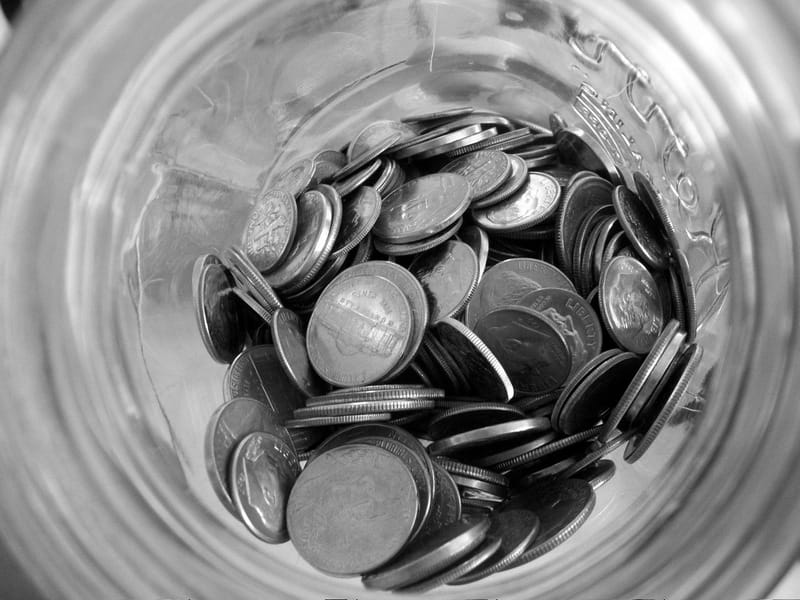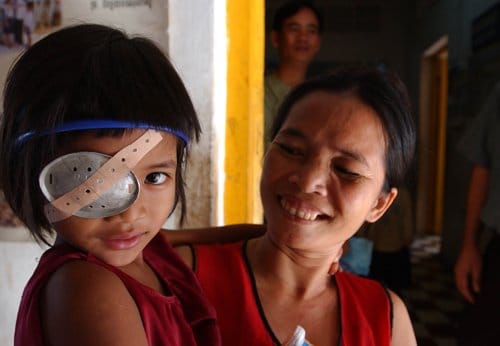Whether we intend to or not, we always seem to end up with New Year's resolutions. Some of us write them down and track them, others simply chat with friends about the upcoming year and our intentions for it. But both casual and formalized resolutions often fall by the wayside within a few weeks or months, taking a backseat to everyday demands and the difficulty of long-term thinking. Twelve months give resolutions a very distant deadline, and it's a long time to stay motivated. Some suggest dividing the year into four twelve-week periods to combat this problem; other popular thinkers say we should toss out goals altogether.
My resolution for 2014 was to orient my life toward altruism and give ten percent of my income to effective charities. I'm glad to say that it worked! Here's how you can do the same:
Review your budget and find out what you can give.
Resolving to “give more” is not a great resolution. It's not specific, it's not measurable, and it doesn't suggest any way to turn that goal into a reality. The best way to start giving is to look at your finances and see where your contribution money is coming from. Do you tend to splurge at department stores? Are you spending a lot on drinks and dining each weekend? Get those hard numbers, and then decide what you can give.
Swap movie night out for Netflix at home, or bring a bag lunch to work just once a week, and you'll be amazed at how many lives you can improve with those few charitable dollars. Did you resolve to cut out fast food or sweets? Send that money to Project Healthy Children or the Global Alliance for Improved Nutrition to provide healthier eating to those in extreme poverty. You're doing good and reminding yourself of what's important.

Automate your giving.
Every financial adviser will tell you that the best way to build up a strong savings account is to set up automatic transfers. Without even thinking about it, a percentage of your paycheck goes into savings. It's just as easy to set up automatic monthly gifts when you make a charitable contribution online. Even if it's only $10 per month, it makes a big difference over the course of the year.
But you can automate your giving in different ways too. Maybe your pocket change goes straight into a jar marked “Oxfam.“ You might want to match your “splurge” purchases with equal gifts to an effective charity: $200 on a pair of designer sunglasses for you, $200 to Seva or the Fred Hollows Foundation to provide multiple sight-restoring cataract surgeries around the world. Automation is about integrating giving into your life, whether you want your online bank account to do the work or you want to build those habits into your everyday tasks.

Don't forget why you give.
It's an easy trap to think of regular giving as a burden – do I have enough in my budget this month? Didn't I just write a check last week? Why am I getting all these requests in the mail? These questions start to nag us when we've forgotten why we started giving in the first place: because we're making a difference in the lives of others.
I read every email, postcard, and thank-you letter that I receive from the charities I support. I enjoy learning the stories of people I've helped, the number of malaria nets or vaccinations my donation funded, and the ways these organizations are working to improve lives in so many different ways. Writing a check or clicking the “Donate” button makes us feel good, but we can go deeper in our understanding of the issues we combat, the effectiveness of our donations, and the lives we save.
These three tips have kept me on track for more than a year of consistent charitable giving. Based on Peter Singer’s income-based recommendations, which he discusses in his TED Talk on effective altruism, I chose to give more than 10% of my annual income to effective charities in 2014. Instead of being daunted by what might seem like a big sacrifice to make, I am now excited to look at my finances at the end of each month and see what I can give. You've already resolved to be more altruistic, so start with these small steps and make it happen in 2015.
Inspired to give more in 2015? Learn how much you could donate using The Life You Can Save’s income-based calculator here.



